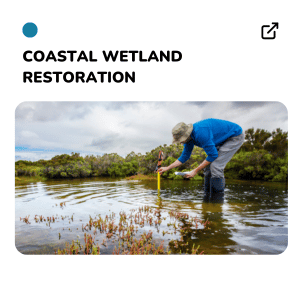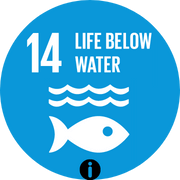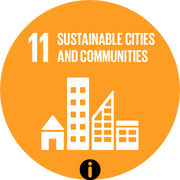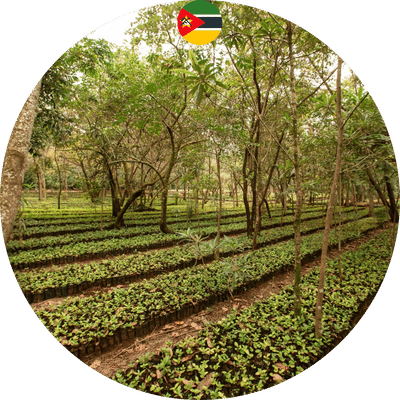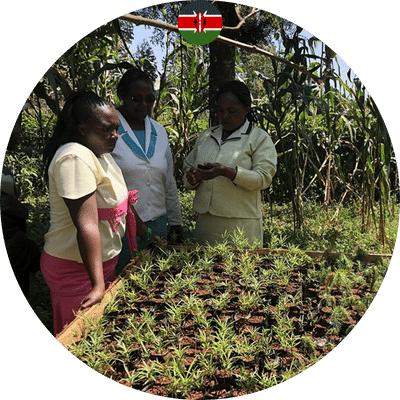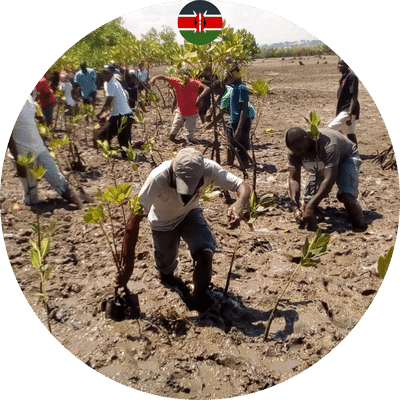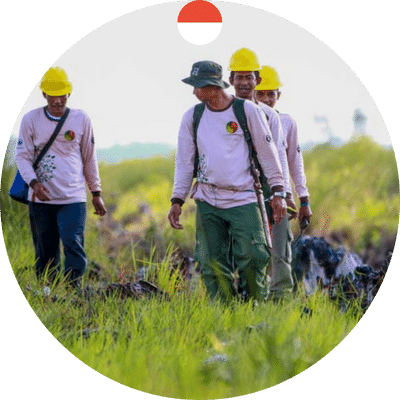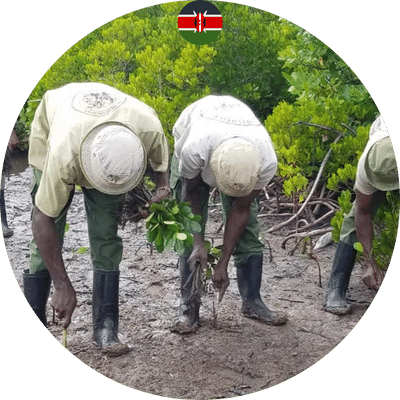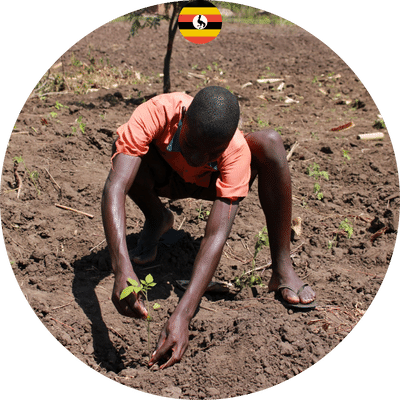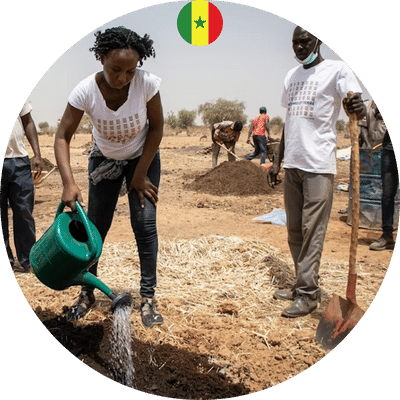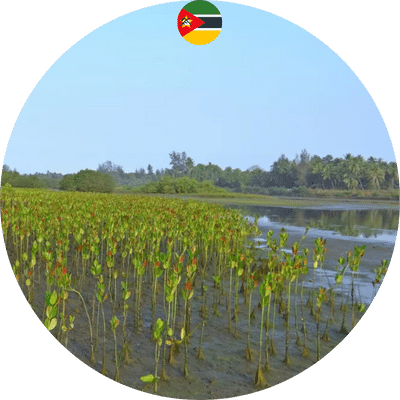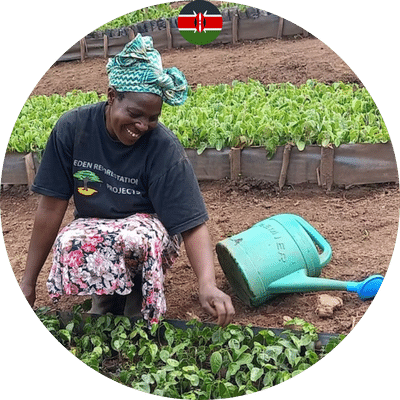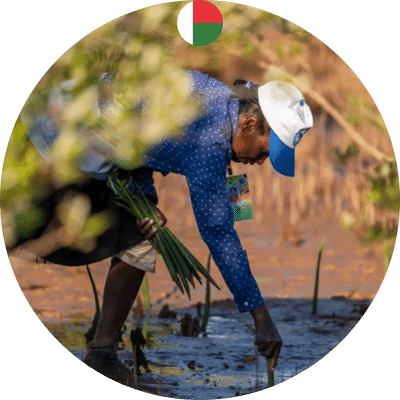Mangrove Restoration along Tudor Creek
Project location
Tudor Creek is located in Mombasa, Kenya. It is a geographical formation with historical and cultural significance. It is a tidal inlet that flows between Mombasa Island and the mainland, connecting the Indian Ocean to the extensive port of Mombasa. This creek has played a crucial role in the history of the region, serving as a natural waterway for trade, transportation, and cultural exchange for centuries.
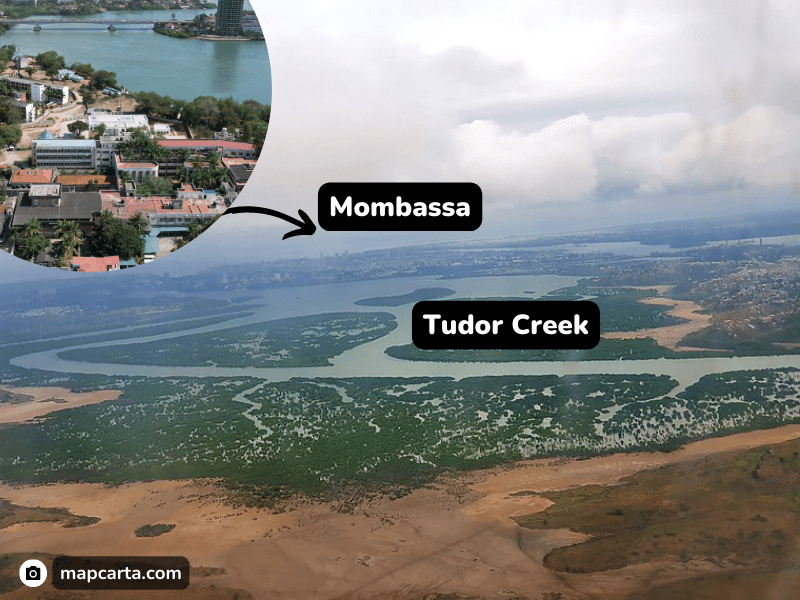
Tudor Creek has served as a hub of maritime trade, connecting Mombasa to other ports along the Indian Ocean, including those in India, the Arabian Peninsula, and the Persian Gulf. Its strategic location made it a focal point where various cultural influences converged, leading to the vibrant mix of cultures that characterize the coastal regions of Kenya today.
The waters of the creek also host various marine life, making it an important ecological area. Mangroves and other coastal vegetation adorn the shores, providing crucial habitats for numerous species of fish, birds, and other wildlife.
Over time, the creek’s role as a trade route has evolved, and its significance has expanded beyond trade. Today, the area serves not only as an essential transportation link but also as a recreational area for Kenyans and tourists.
Planting partner
Mangrove Restoration along Tudor Creek is an initiative by the Brain Youth Group on the northern side of Mombasa Island. Founded in 2011, this local organization focuses on engaging young people between the ages of 18 and 35. The group consists of members from the Junda sub-location within the Kisauni constituency in Mombasa County.
Dedicated to environmental conservation, education, and awareness, the group harnesses the creative spirit, vitality, and energy of young people to bring about positive changes in environmental management. Additionally, they aim to raise awareness and educate young people on topics such as HIV/AIDS and sanitation. The organization also seeks to create alternative pathways for employment, income, and opportunities for poverty alleviation for both young people and women.
The Project
In the coastal city of Mombasa, Tudor Creek is one of the crucial water bodies that define the landscape. Along with Portreiz Creek, this creek serves as a natural boundary between the bustling Mombasa Island and the mainland. As the waterway flows towards the Indian Ocean, it passes under the Nyali Bridge, while to the west, the Makupa Causeway frames its course.
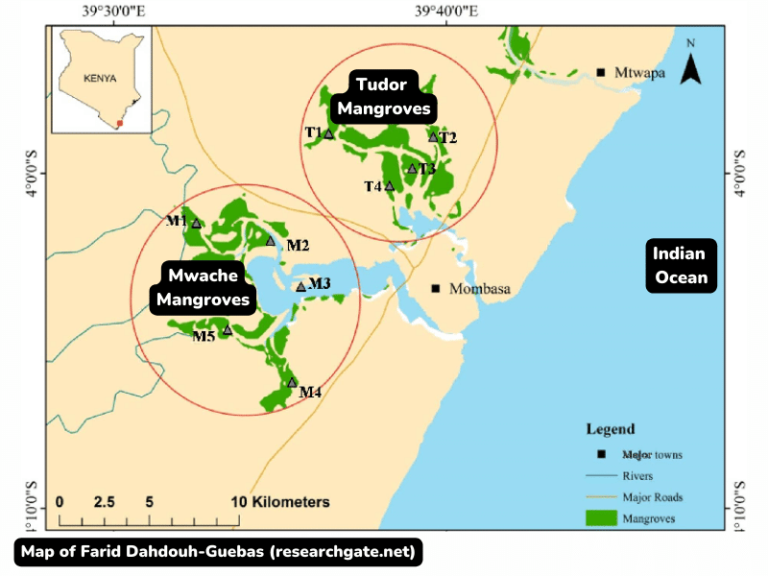
Interestingly, the story of Tudor Creek traces back to a source far from its bustling urban environment. The journey begins near the town of Mariakani, approximately 32 kilometers northwest of Mombasa. Here, a river originates, which later transforms into a creek with historical and ecological significance.
However, the story of Tudor Creek is not without challenges. The mangroves that once adorned its banks have undergone degradation over time. The culprits behind this decline include excessive mangrove logging for construction and fuelwood, sand harvesting, coastal development, soil erosion, and the adverse effects of pests and oil spills.
These suburban mangroves, covering an area of 1,641 hectares, host various species such as Rhizophora mucronata, Avicennia marina, Ceriops tagal, and Sonneratia alba. The forest, once a biodiversity haven, faced exploitation for fishing, construction materials, and firewood, primarily driven by poverty and lack of awareness.
In response to these pressing issues, a determined youth group emerged in 2011. Recognizing the need for action, they embarked on a plan to restore and rehabilitate the mangrove ecosystem of Tudor Creek. Their efforts began with setting up nurseries and planting initiatives, taking the first steps toward ecosystem restoration.
Over two years, their dedication attracted the attention of organizations such as KCDP, UNDP/SGP-GEF, The Pollination Project, and IDEA WILD. These organizations provided financial and material support, boosting their efforts. Since then, a remarkable 120,000 trees have been planted, with an additional 8,000 seedlings prepared for future planting.
The youth behind this project knew they should not limit themselves to merely planting new trees. To ensure the sustainability of their work and reduce pressure on mangroves, a cultural shift must occur in the area. They set an example themselves by expanding into eco-friendly enterprises that perfectly fit the area. They have been highly successful with beekeeping and shellfish farming for consumption.
The group’s vision extends beyond immediate action, aiming to fully restore the entire mangrove ecosystem along Tudor Creek. With a focus on sustainable practices, they are working on an ecosystem service payment scheme (PES). Their ambitions align seamlessly with national development goals and Vision 2030.
Collaboration has been essential to their success. The group has formed partnerships with NGOs and government institutions to amplify their impact. Now, as interest in the blue economy grows, this project is gaining momentum, strengthening the relationships between the local community and coastal ecosystems in the province.
Restoration of Coastal Wetlands
Seagrasses, mangroves, and salt marshes all greatly increase the amount of carbon stored in soil and plant life. Their preservation prevents deterioration and maintains their carbon sinks.
Project validation
This project is not certified for carbon credits. You can follow this project on Explorer for project updates and progress via satellite imagery.
Photos 📷




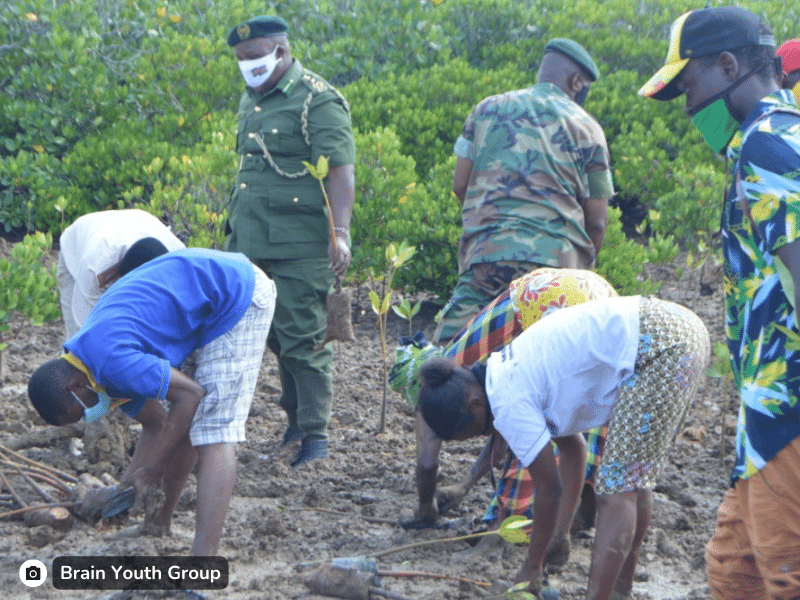

IUCN Red List
The state of the world’s biodiversity can be determined in large part by looking at the IUCN Red List. It is a powerful instrument to inform and spark action for biodiversity conservation and policy change, which is essential to safeguarding the natural resources we depend on for survival. It is much more than a list of species and their condition.
The area around Tudor Creek harbors a rich diversity of flora and fauna, with each element contributing to the complex ecological balance of this unique habitat. However, this delicate balance is under threat, as evidenced by several species finding their place on the IUCN Red List.
On the Red List, some species of this ecosystem have garnered attention due to their vulnerable status. The greater and lesser flamingos (Phoenicopterus roseus and Phoeniconaias minor) adorning the waters are now classified as “Vulnerable.” These beautiful birds rely on the brackish waters of Tudor Creek as a stopover during their migrations.
Another notable presence is the critically endangered hawksbill turtle, which nests on the shores and swims through the waterways of the creek. This species has undergone significant declines due to habitat loss, poaching, and bycatch.
As we dive deeper into the aquatic realm, the vulnerability of certain marine species becomes evident. The Indo-Pacific humpback dolphin and the dugong both find a place on the IUCN Red List, with their populations decreasing due to factors such as habitat degradation, boat collisions, and unintended capture by fishermen.
While coral reefs are not a part of Tudor Creek itself, they are closely linked to its ecosystem. Coral reefs provide shelter, breeding grounds, and food sources for countless marine organisms. Unfortunately, these reefs are also under threat, with coral bleaching resulting from climate change and pollution taking a toll on their health.




